Visicom is a global provider of digital mapping products
We have been producing high quality geodata for telecom and GIS markets since 2000
What we do
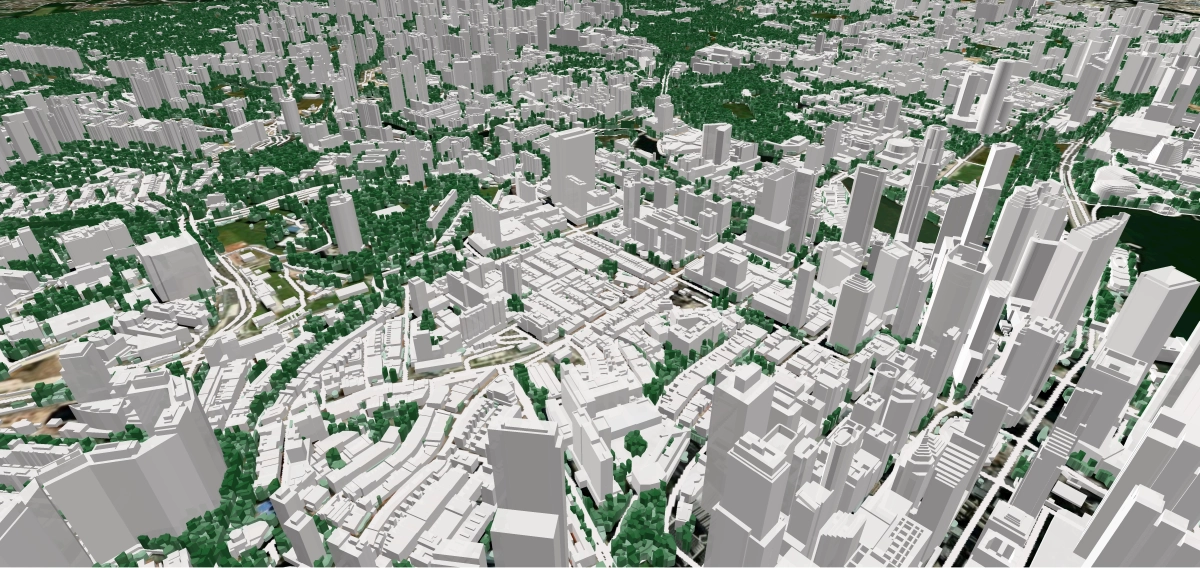
3D City Models
We produce Digital 3D maps (LOD1, LOD2) for any territory, providing customized solutions for each client.
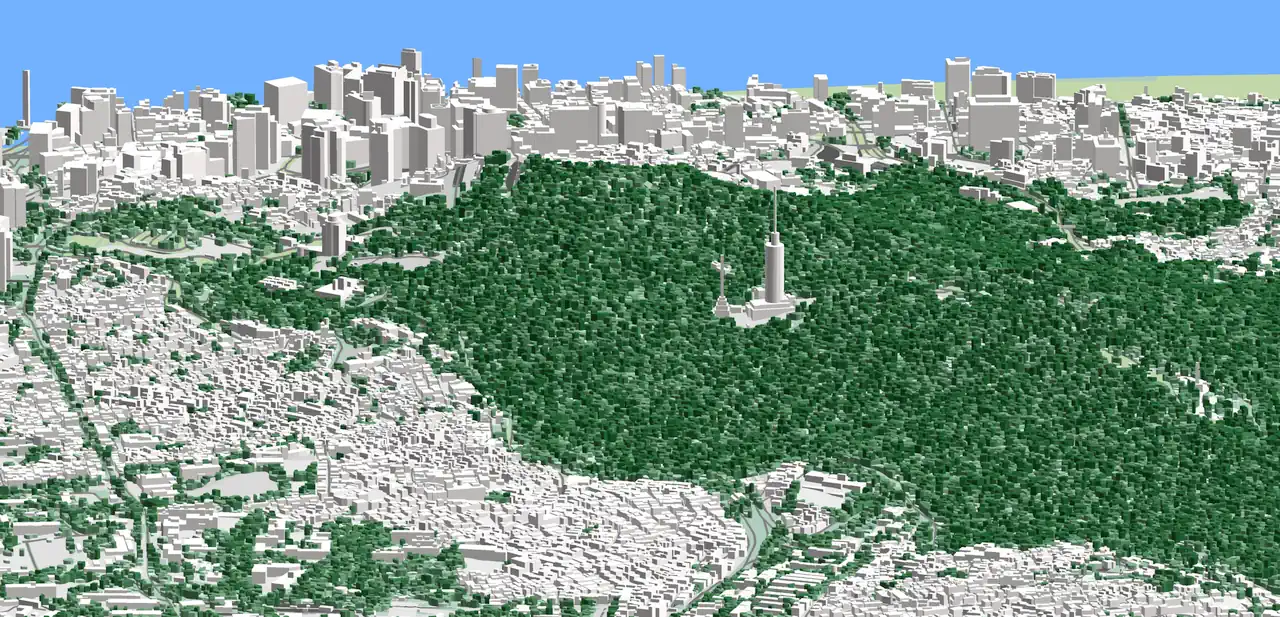
Digital Maps For Telecom (RF Map)
Starting with the implementation of the 2G networks and further deployment 3G, 4G and 5G ones we support our customers by providing them with highly accurate geospatial data.
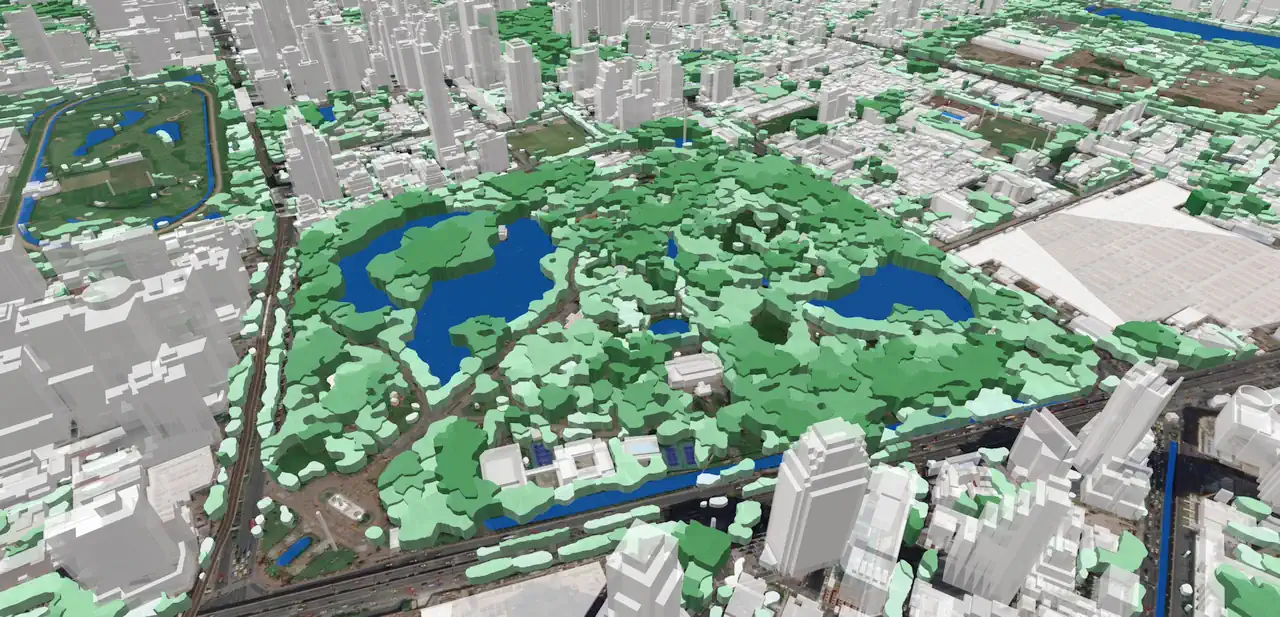
2D and 3D Extraction
Depending on project goal and requirements, they can be represented as 2D outlines or 3D objects with absolute height as an assigned attribute.
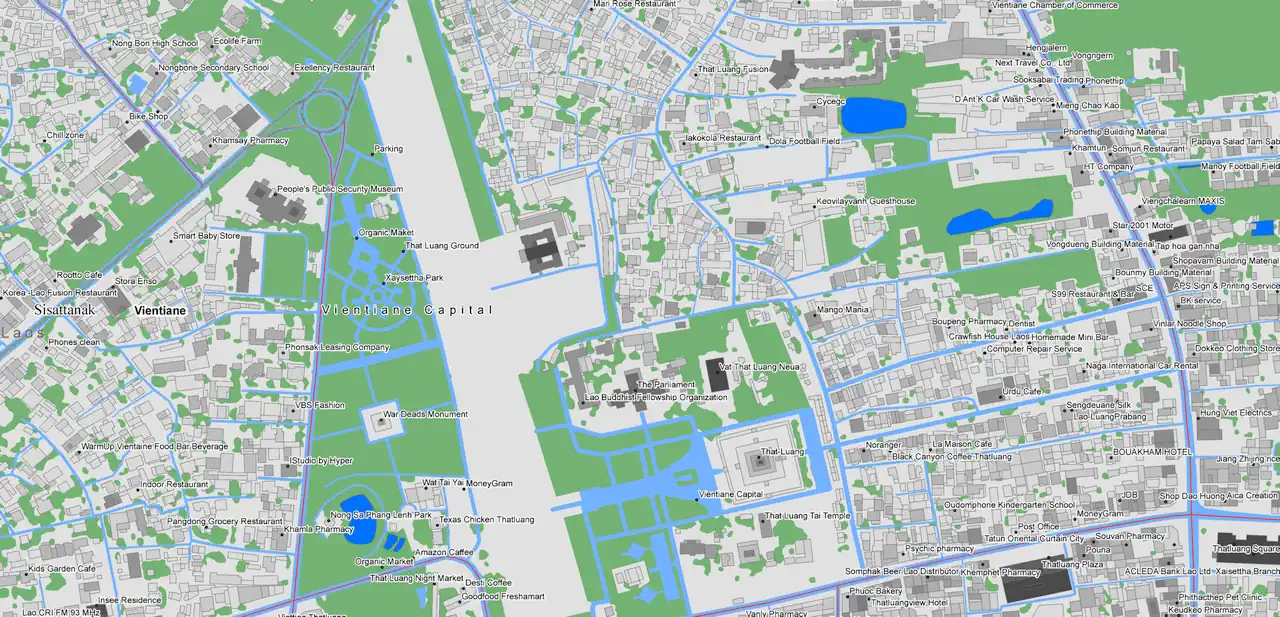
Geospatial Data
Visicom vector data include many types of geographical datasets of the most popular scales and GIS formats. Digital Maps may be customized according to customers’ specific needs. Our production capabilities are not limited to any region.
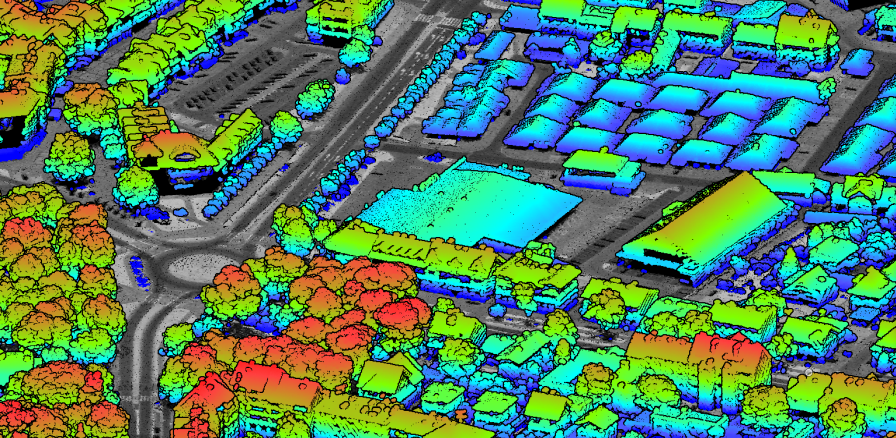
LiDAR Data Processing
We specialize in classifying LiDAR data to identify key features such as terrain, hydrology, vegetation, buildings, roads, PTLs, and other infrastructure elements

RailGeoKit: Accurate mapping of railway networks
Digital 2.5D / 3D Maps for Railway Infrastructure Mapping a route to 5G rail corridors is a key step in this process, enabling precise planning of network infrastructure to ensure full coverage and high quality of service.
Whom we serve


Telecom
The rapid development of new telecommunication generation – 5G networks, enabling humanity to enter to the contemporary era of connection and data interaction, is only possible with high-quality 3D cities models ensuring adequate signal radio planning stages, and as a result smooth functioning. Visicom 3D Geodata adapted to 5G networks demands show all type terrain features, as well as detailed 3D buildings and 3D canopies High-quality and up-to-date maps produced for telecom purposes, are fitted to advanced requirements of cmWave and mmWave frequencies..
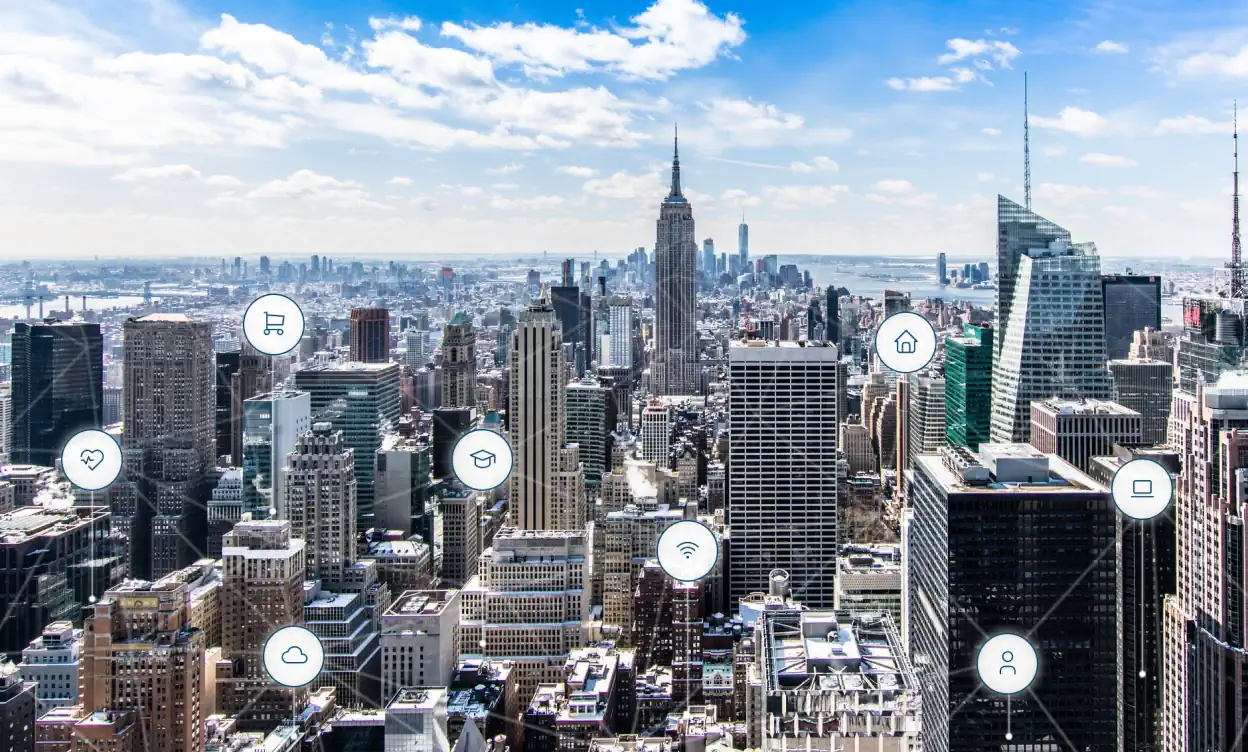

Smart Cities IoT
5G ensures making networks several times faster, increasing network capacity, and opening possibilities to cover not only dense built-up territories in cities but also suburbs and villages. It is going to really unlock the potential of IoT and Smart city development, connecting all people and all things in our ordinary life: transport, energetics, healthcare, manufacturing, business, public safety, etc. Visicom is experienced in generating 3D buildings at different levels of detail (LOD) along with 3D vegetation and other geodata about the urban environment..
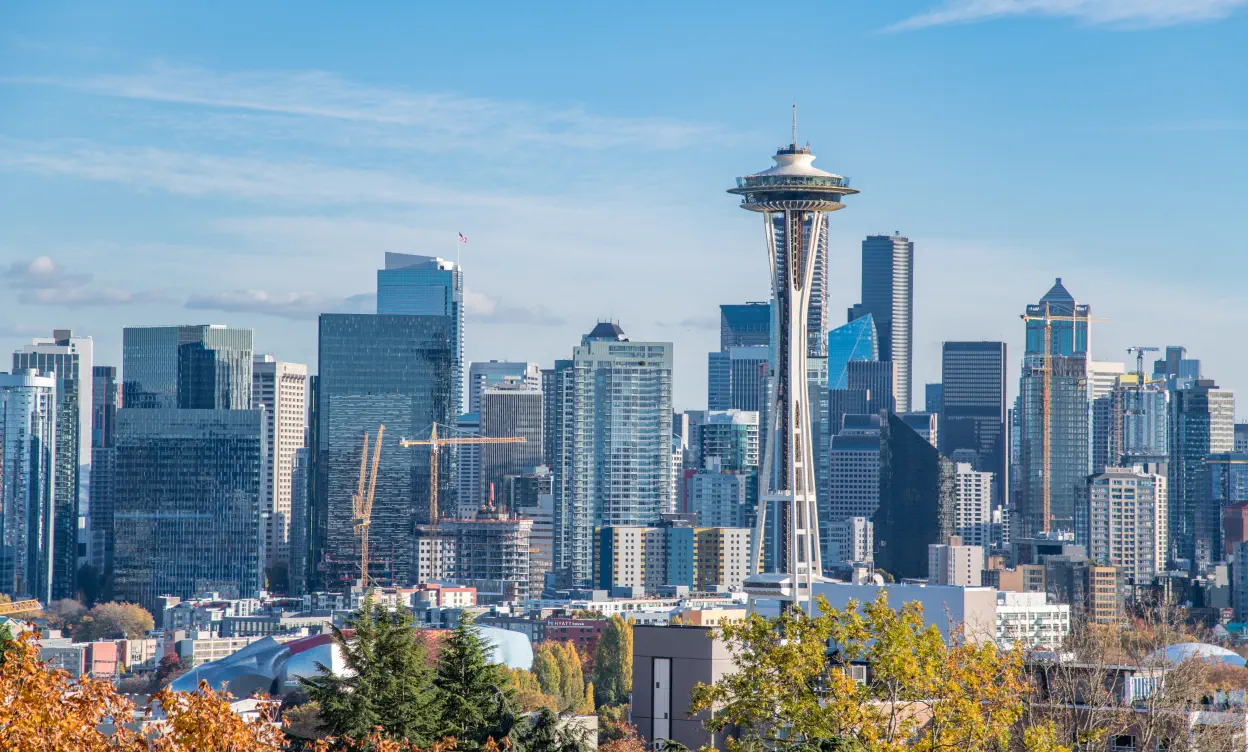

Architecture
3D modelling is an essential part of the architecture design industry, providing a detailed visual representation of the built environment and urban landscapes. Visicom supports architects and engineers in multiple industries with precise and accurate geodata: 3D Buildings, 3D Bridge and 3D Tree models Landscape and Terrain features Vector data of Streets and Roads networks POIs (Objects of city infrastructure) We provide ready-to-use 3D maps for urgent projects and produce any other layers on your request. .

What we've already done
0+
3D City Models
0+
2D Urban Models
0+
Countrywide model for regional planning
Get the information about available maps for cities and countries over the world


Who we are
Visicom company is a leading global data provider of the wide range of Digital Mapping Products
We produce high-quality geodata for telecommunication market, transport management, logistics, LBS, geomarketing, navigation, etc. Our innovative GIS solutions have been meeting demands in geosimulation and spatial calculations execution within various projects objectives for more than 20 years.
Our Benefits
High quality and accuracy
Highly competitive and flexible prices
Support of all major RF planning tools and GIS formats
Provision of any non-standard solutions
Meeting all customer requirements
What’s new
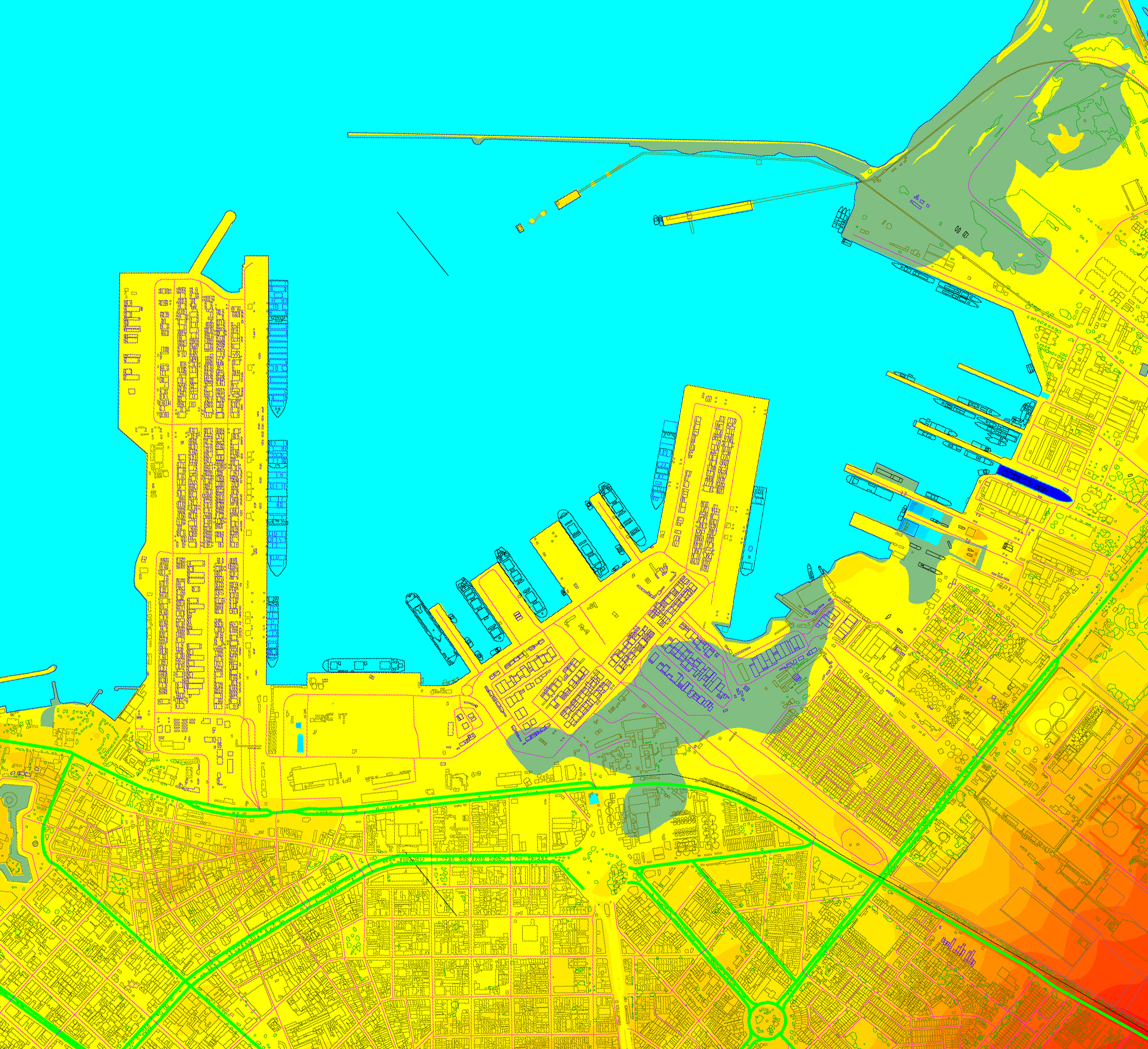
Private 5G And IoT Networks In Ports: A Foundation For Global Trade Growth
28 May 2025
Global demand for freight transport may triple by 2050. Ports, as critical logistics hubs, must adapt to this scale. Digital transformation is no longer a luxury — it is a necessity. Automation and the integration of people, machinery, and data into a unified ecosystem form the basis for building a modern Smart Port.
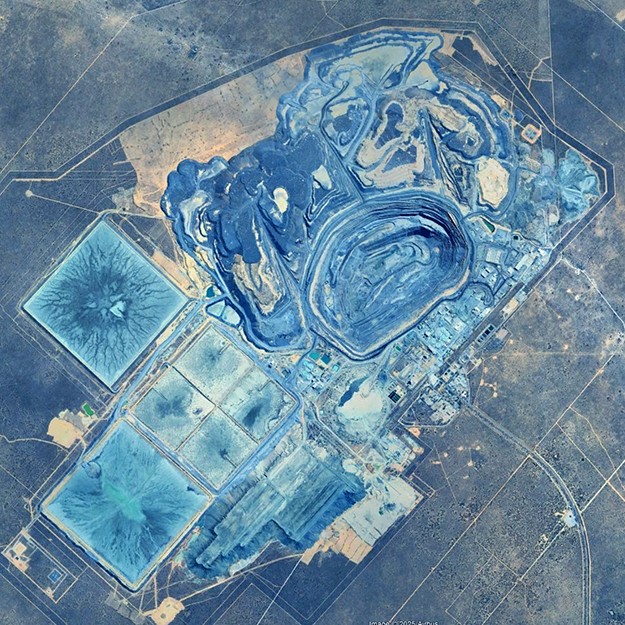
Digital Twin For The Mining Industry
11 May 2025
The mining industry is one of the most resource-intensive and simultaneously one of the most complex in terms of environmental impact. Every year, around 100 billion tons of minerals and metals are mined globally, and this figure continues to grow. In such a high-load environment, effective management of extraction, risk monitoring, and minimizing environmental harm become critically important. The activity of surface mineral extraction causes significant changes in soil cover and land use within the mining area. Large volumes of waste material are excavated, leading to permanent changes in topography.
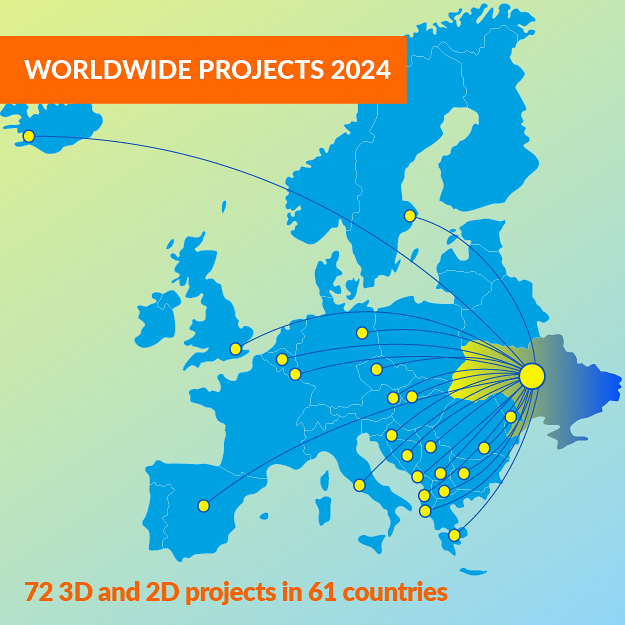
2024 Year In Review: Visicom’s Achievements And Key Projects
23 Apr 2025
We close out an eventful year and proud to reflect on the strides made throughout 2024. Despite challenges, we have successfully expanded our reach, worked on impactful projects, and strengthened our position in the market. Key highlights of 2024:

Contact us
Please, contact us directly if you have question
We always reply within 24 hours
Visicom Headquarter
25/2 Velyka Zhytomyrska Str., Kyiv, Ukraine, 01001
Contact information
